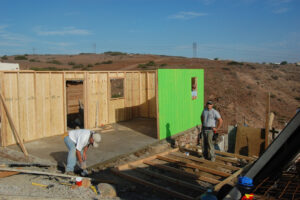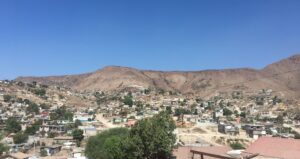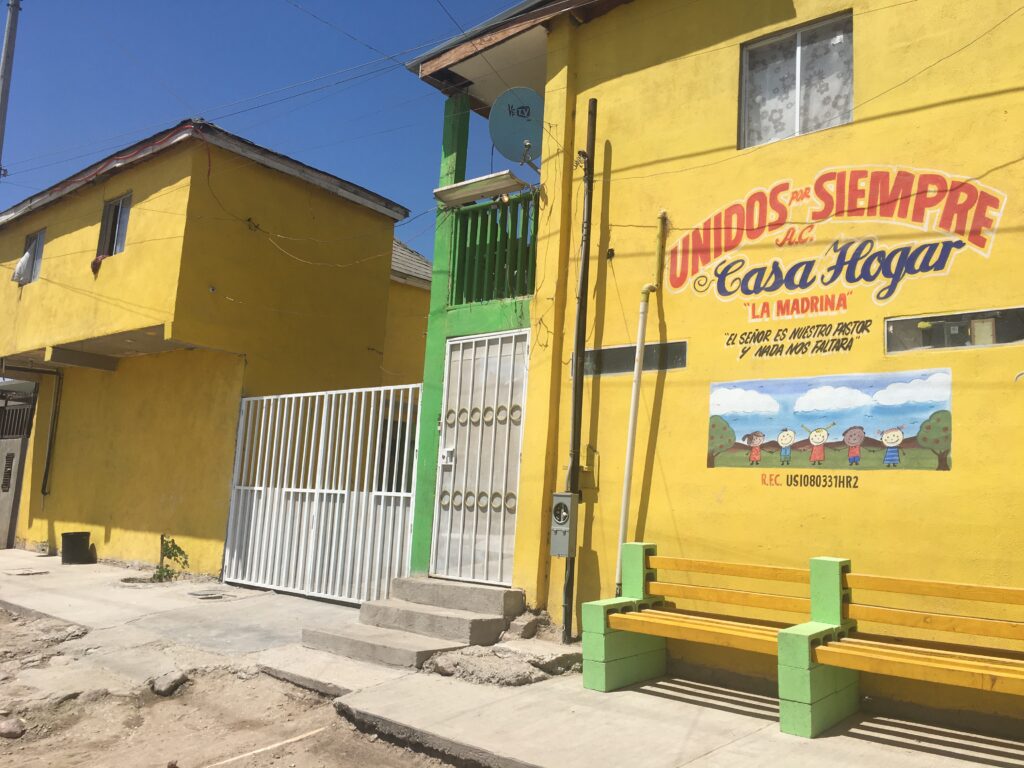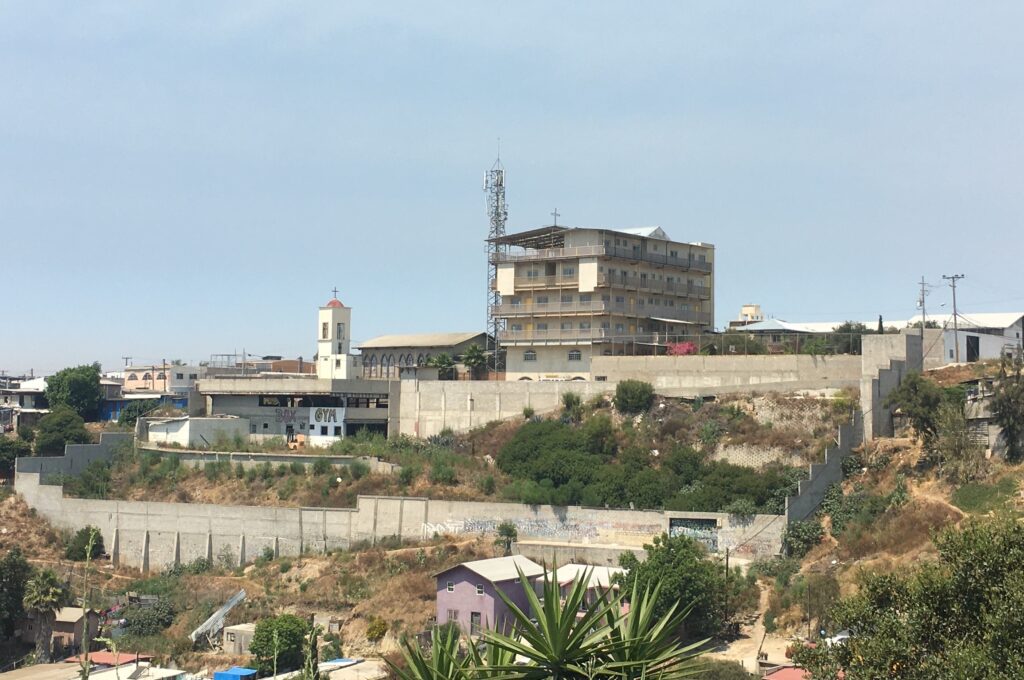What to Expect in TJ
The Work Site

Your site will be of variable size, but large enough to accommodate a 12x24ft Doxa house that will often house 4 or more people. Your family will likely be on site to build with you and get to know you. Many parents work in factories, hospitality, or basic construction jobs. While these sources of employment typically do not pay very much, they are relatively stable. Parents make every effort to be on the worksite but must balance that with their work obligations.

In order for a Doxa house to be built, the family must first own the land. This leads to some sites being easier to reach than others, as families will often purchase whatever land they can afford regardless of convenience. While a standard kit of lumber, hardware, and other materials are supplied for each house build, there are millions of ways to construct this house. It is most important to focus on engaging with your team and connecting with the family you are building with. Don’t sweat the small stuff!
Doxa’s building manual is written for everyone, regardless of skill level. We encourage leaders to emphasize inclusion of all team members on the worksite. You can find the building manual and other trip resources here.
The Neighborhoods

Winding roads lead up and down hills throughout Tijuana, some paved and some dirt. Neighborhoods are connected in an uncoordinated, but somewhat functional fashion. Rains affect each community differently, depending upon the landscape. Stop signs typically function as a suggestion as cars roll through. Taxis and buses are popular as many are without cars of their own. Houses and other structures often look unfinished to our eyes, but are just in perpetual progress.
Flea markets will occupy streets about once a week. These markets travel around Tijuana and sell their wares to the neighborhoods. Many people in Tijuana cannot afford cars so the markets must come to them. They often sell what many Americans would traditionally buy in bulk. This includes canned food, toilet paper, and fruit. These markets are successful because the majority of low wage workers cannot afford to buy these items in larger units.
Most neighborhoods will have small stores, or bodegas, that sell many common, everyday foods for the families that live nearby. This is commonly a place where people can go refill jugs of drinking water, buy an ice cold Coca-Cola or treats for their children (and themselves).

Pedestrians will often walk in the street even if there is a sidewalk. Another common thing is to find dogs that are either ownerless or allowed to roam during the daytime. Roads in Tijuana are not always paved and are sometimes not shown accurately in maps. While phone GPS directions can be an effective guide, they are not always correct. Cell phone service, however, is readily available in almost the entire city.
Accommodations
Unidos por Siempre

Groups staying here will have access to both the boys’ and girls’ rooms containing many bunk beds, along with a few extra mattresses and sleeping pads. It is best suited for groups under 35. There are 4 toilets on site and 2 showers. The kitchen is shared between the orphanage and the group as is the central courtyard and dining room. Learn more about Unidos por Siempre.
Hogar de los Niños

The 5th and 6th floor of Hogar de los Niños is a space that is rented out to groups by the orphanage throughout the year. The 5th floor is dedicated to housing, featuring 9 hotel-style rooms and a large apartment. Each room has its own bathroom with toilet, sink, and shower. They will each house 4 comfortably but there is certainly wiggle room if some of your group is comfortable sleeping on the ground. The 6th floor has 2 additional hotel-style rooms, a 2 toilet bathroom, a full kitchen and pantry, a chapel, and a large social space that faces north and has a phenomenal view of the San Diego bay.
In an adjacent building, affectionately called the Old Orphanage, is where the orphanage operated from 1991 until 2007. This space is also rented out to the various groups that come to serve. The first floor has a full commercial kitchen and pantry. It has a large room with cafeteria tables and exits directly to both the orphanage courtyard and the front gate. The second floor features 3 large rooms for sleeping as well as an additional, smaller room, for leaders. Learn more about Hogar de los Niños.
Rancho
Rancho Don Fermín is part of a larger multi-site church in Tijuana, called Grupo Unidad. The Ranch is capable of hosting about 90 in bunk beds and many more on the floor. It has a large covered area with a stage as well as a large patio with a barbecue pit. Space is plentiful at Rancho and you’re located right in the heart of the neighborhoods that you’ll be working in. Rancho is a good option for larger groups that will be working closely with Unidos por Siempre, as they are located very close to each other.